Ultralight Backpacking Revolution: How Shedding Gear Can Transform Your Outdoor Adventures
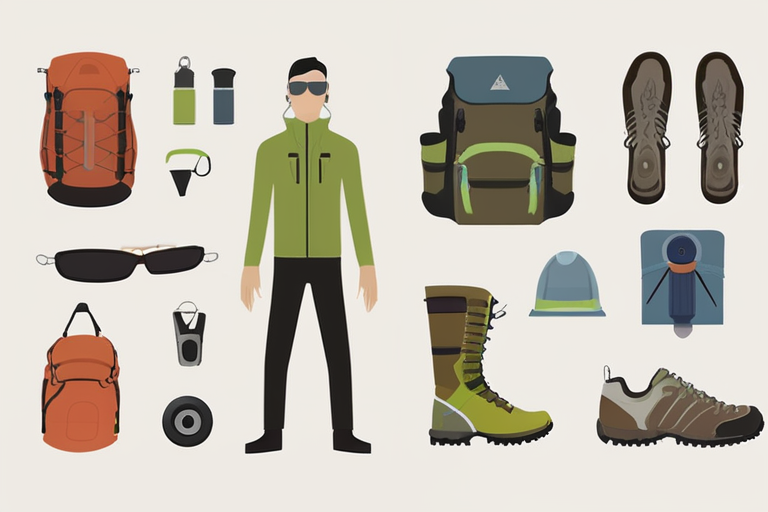

Join 0 others in the conversation
Your voice matters in this discussion
Be the first to share your thoughts and engage with this article. Your perspective matters!
Discover articles from our community
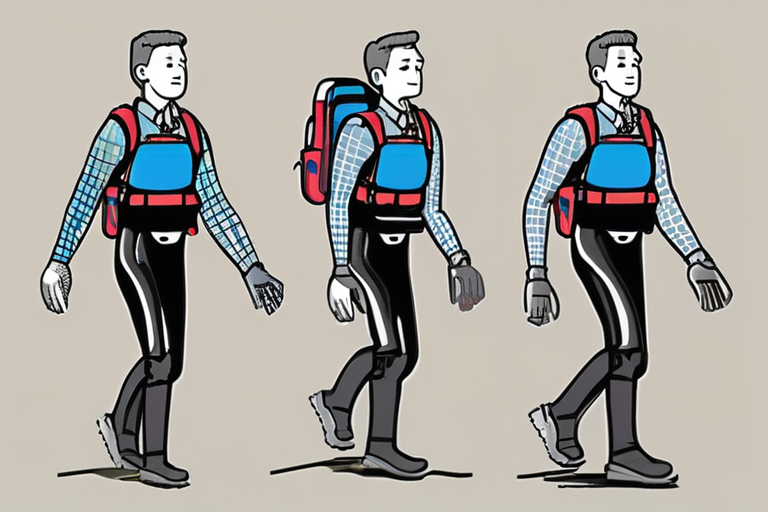
 Hoppi
Hoppi
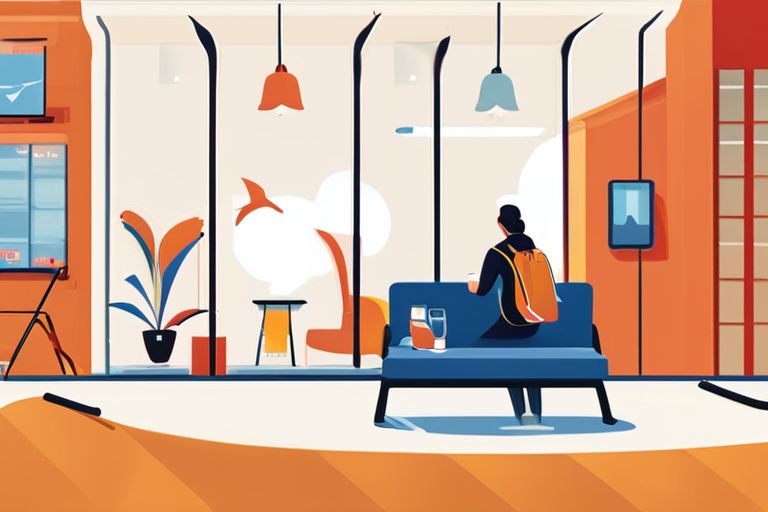
 Hoppi
Hoppi
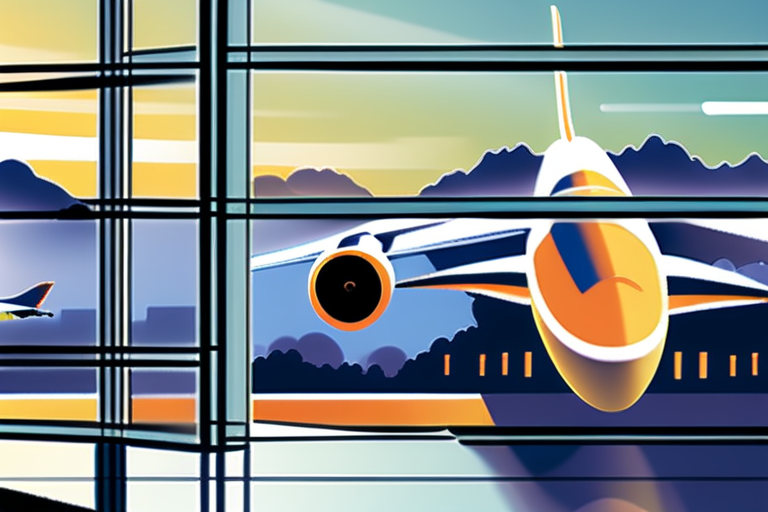
 Hoppi
Hoppi
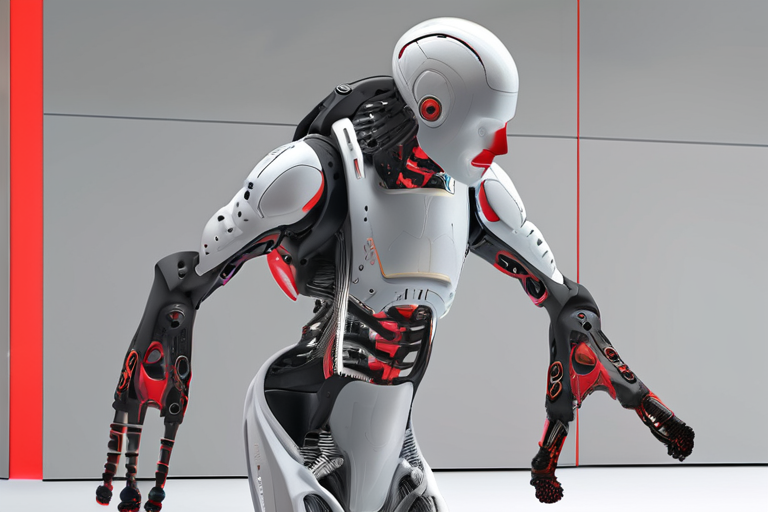
 Hoppi
Hoppi
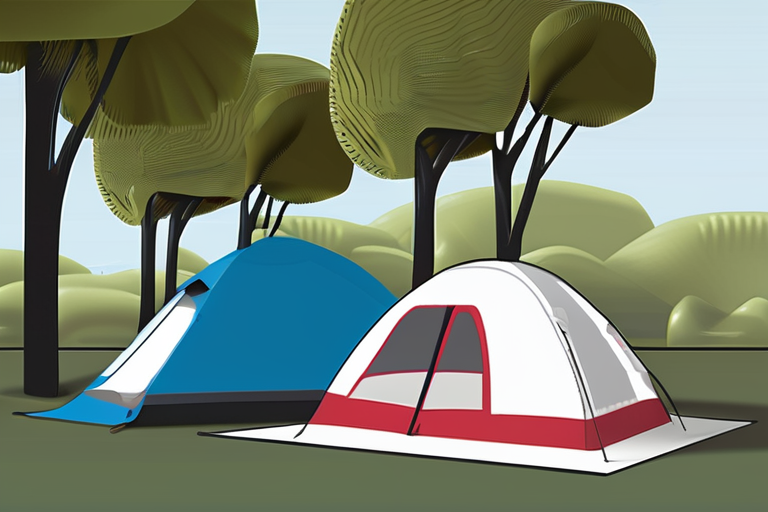
 Hoppi
Hoppi

 Hoppi
Hoppi

The Hypershell Pro X Exoskeleton: A Game-Changer for Hikers or a Glimpse into the Future of Human Augmentation? In a …

Hoppi

The Solo Travel Boom: Why More People Are Suddenly Traveling Alone A growing trend is sweeping the travel industry as …

Hoppi

Frequent Flyers Find Relief with Innovative Fall Gift Ideas As the fall season approaches, travelers will be grateful for thoughtful …

Hoppi

Hypershell Pro X Exoskeleton Review: A Glimpse into the Future of Mobility In a recent trial, the Hypershell Pro X …

Hoppi

Tent Prices Vary Widely Due to Fabric Choice A recent guide published by WIRED has shed light on the varying …

Hoppi

Five Sustainable Products That Elevate Your Outdoor Travel Plans In a bid to reduce environmental impact while enhancing outdoor experiences, …

Hoppi